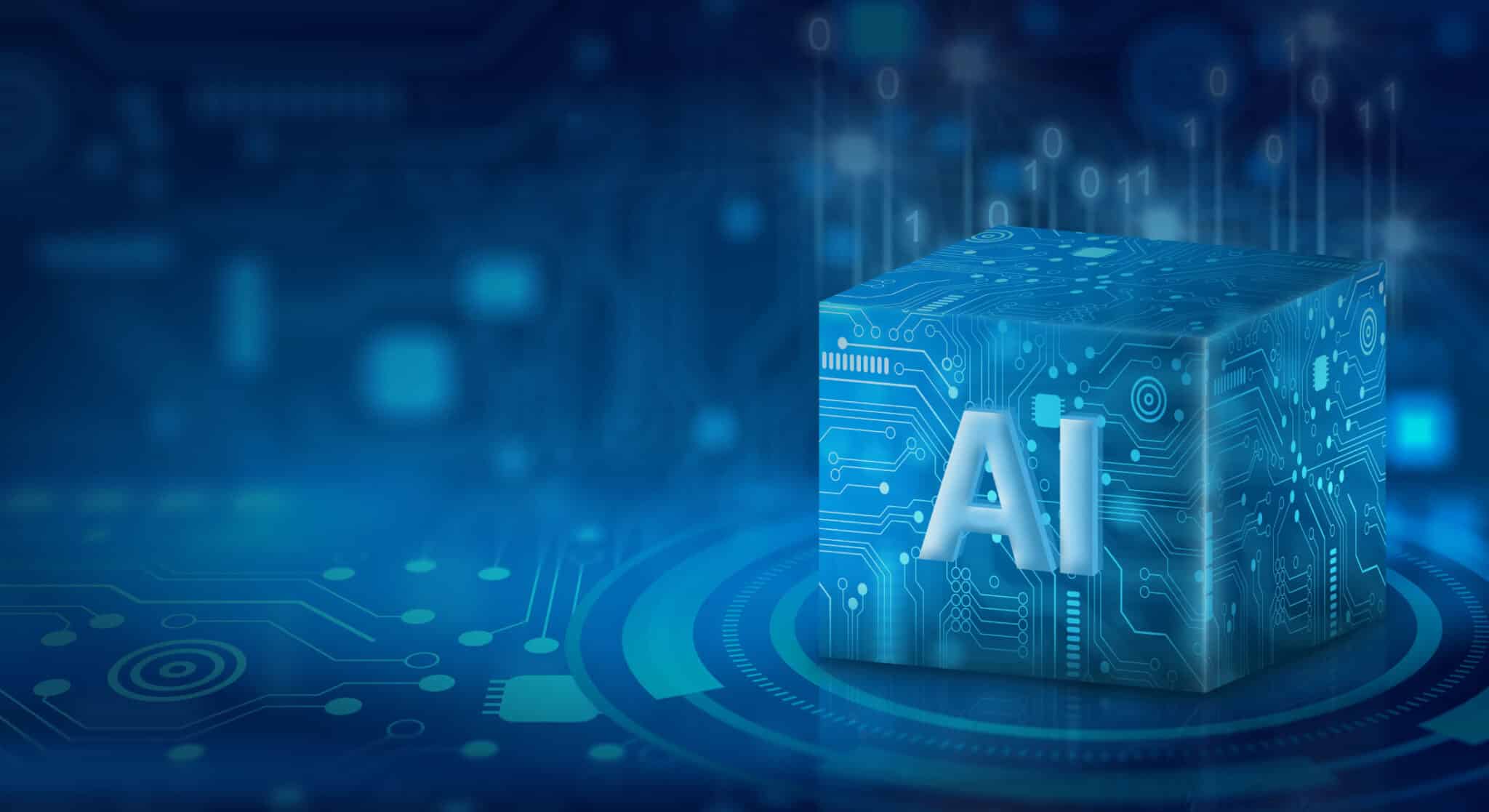October 7, 2024

Make no mistake: AI is here to stay. If you don’t get on board today, you risk being left behind. The good news is that you can learn how to program and stake your claim in the AI revolution.
Of all the languages used in AI development, Python is perhaps the best. Why? Well, there are several reasons. Whether you’re looking for simplicity or powerful libraries, Python has it all.
Let’s take a deep dive into the benefits of using Python as an AI development tool.
AI is now part and parcel of operations in just about every industry. There’s no escaping it. So much so, even the smallest businesses and organizations are now crying out for AI developers.
Businesses need to develop increasingly intelligent systems that learn and adapt in order to make crucial, data-driven decisions. That’s why they’re turning to AI in droves. It’s also why the need for talented AI developers is higher than ever. Not only that, but the demand is growing exponentially – year after year.
If you have little to no knowledge of programming languages, it’s best to start with one of the simpler options – which is why Python is ideal. The language’s syntax is clean and simple, and it closely resembles English.
If you already have some knowledge and experience in coding for AI development, using Python will allow you to work faster. What’s more, you’ll be able to keep errors to a minimum, thanks to the language’s relatively simple syntax.
When you choose Python, you’re never alone. That’s because there’s a vast community of developers that is always there to offer support – particularly during your early involvement with the language. There are libraries of useful resources, tutorials, and reference materials, so you’ll never be short of help. Additionally, there are several open-source projects that welcome input and collaboration. Getting involved with them could help you to fine-tune your programming skills.
Python offers a wealth of machine learning and deep learning resources via its various AI libraries.
TensorFlow, for example, supports CPU and GPU processes, which makes it suitable for creating complex neural networks. PyTorch, on the other hand, is suited to more flexibility during the development of models. It’s particularly useful for research due to its intuitive, user-friendly interface. And for simple data analysis and modeling, Scikit-learn offers a versatile machine-learning library that lends itself to data science projects.
Python is characterized by its efficient libraries and data structures – making it more than capable of dealing with large datasets. Analyzing and extrapolating Big Data is a breeze for Python, which is just one of the reasons why it’s very popular among data scientists.
We use deep learning to develop technologies such as image recognition, natural language processing, and autonomous driving. That’s why it’s right at the heart of the AI revolution. If you can develop deep learning models, you can use raw data as the fuel for various AI automation projects.
Thanks to its simplicity and extensive libraries, Python is the go-to programming language for deep learning projects. Using frameworks such as Keras and TensorFlow, developers are building and training deep learning models with relative ease. If you’re new to the world of AI programming, Python’s raw power and adaptability will be invaluable to your development.
Did you know that Python can run very effectively on various platforms? Whether you prefer Linux, Windows, or macOS, Python will deliver for you. Moreover, the language can switch between platforms seamlessly, which is ideal for collaborative projects that involve multiple platforms. Not only that, but the versatility of Python makes testing and deployment across multiple platforms without modifications relatively straightforward.
Once you have a solid grounding in Python, you’ll be able to integrate it with other languages you learn over time, including the likes of Java and C++. Start with Python to give you an understanding of how AI programming works, and the transition to other languages should be a little easier.
Believe us when we say that troubleshooting is going to be a huge part of your life as an AI programmer. But when you’re using Python’s interactive shell and various debugging tools, testing and debugging code becomes relatively easy. The interactive feedback you’ll get from Python will teach you a lot about how code behaves in real-time situations.
The race has already started. If you’re not prepared for the AI revolution, your career as a programmer could be finished before it’s had a chance to flourish.
The sooner you learn the fundamentals of Python, the sooner you can start pursuing a lucrative career in AI programming. Enroll in Wintrado Academy’s ‘Developing AI Applications with Python’ course today – and claim the rewards your talents deserve.